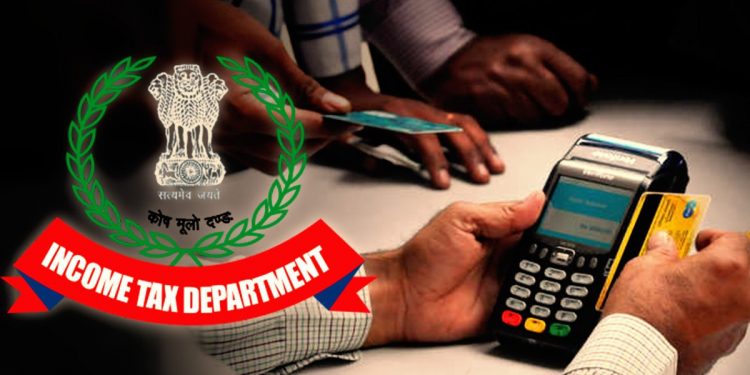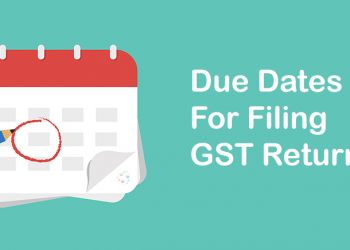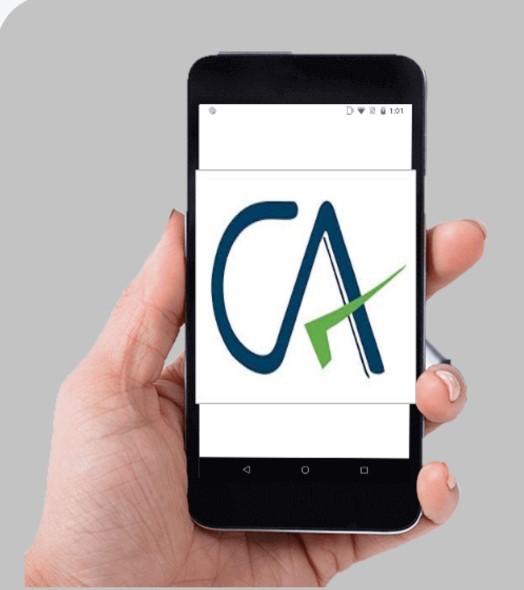As we know a few months ago each person whose turnover was above Rs. 50 crore in previous year had to adhere with a compliance and apply the methods mentioned in section 269SU and if the compliance was not made there was a penalty of Rs. 5000/day.
Now, with circular 12/2020, CBDT has provided some relaxation in the above compliance wherein it is mentioned that:
“Representations have been received stating that the above requirement of mandatory facility for payments through the prescribed electronic modes is generally applicable in B2C (Business to Consumer) businesses, which directly deal with retail customers. Moreover, since the prescribed electronic modes have a maximum payment limit per transaction or per day they are not so relevant to B2B (Business to Business) businesses, which generally receive large payments through other electronic modes of payment such as NEFT or RTGS. Mandating such businesses to provide the facility for accepting payments through prescribed electronic modes would cause administrative inconvenience and impose additional costs.
In view of the above, it is hereby clarified that the provisions of section 269SU of the Act shall not be applicable to a specified person having only B2B transactions (i.e. no transaction with retail customer/consumer) if at least 95% of aggregate of all amounts received during the previous year, including amount received for sales, turnover or gross receipts, are made by any mode other than cash.”
Thus, if you do any business with retail customer or receive more than 5% of your sale/ turnover etc in cash then in that case you will have to adhere to above requirements of section 269SU.
Now, it would be interesting to see how will the CBDT catch someone if he/ she deals with retail customer because there are many small businesses who don’t have GST number and purchase in small quantity so there is no direct way to catch if a person has done business with retail customer.
There is one more error in the circular where it has been mentioned that 95% of gross receipt in the “previous year” should be in mode other than cash which is not possible to predict by anyone and I think this is a typographical error where rather than writing preceding previous year only previous year has been mentioned and in Income tax previous year means current year. So according to current scenario a person has to predict his receipt and if he can’t predict he shall be liable for penalty of Rs. 5000/ day.
Also, it is interesting to note that in the circular they have used the phrase that this section was introduced “to encourage digital transaction and move towards less-cash economy” and not cash-less economy.
Let’s see how CBDT would differentiate between B2B and B2C transaction and how this will benefit businesses.
To read full circular CLICK HERE.
This article is just for information purpose and are personal views of the author. It is always advisable to hire a professional for practical execution or you can mail us. If you need assistance you can ask a question to our expert and get the answer within an hour or post a comment about your views on the post and also subscribe to our newsletter for latest weekly updates.












